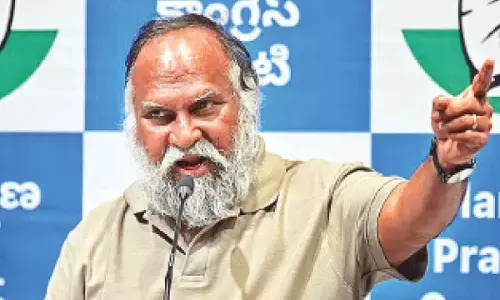Collegium System

On October 16, 2015, a five-judge bench headed by Justice JS Kehar declared the 99th Constitutional Amendment and the National Judicial Appointments Commission (NJAC) Act unconstitutional and revived the 22-year old collegium system. Under the collegium system, only the top five SC judges cleared appointments.
On October 16, 2015, a five-judge bench headed by Justice JS Kehar declared the 99th Constitutional Amendment and the National Judicial Appointments Commission (NJAC) Act unconstitutional and revived the 22-year old collegium system. Under the collegium system, only the top five SC judges cleared appointments.
The six-member NJAC was to be headed by the CJI and comprised two senior-most SC judges, the Union law minister and two eminent persons to be selected by a panel of the PM,CJI and leader of the opposition. Any two members of the NJAC could veto an appointment. There is no mention of the collegium either in the original Constitution of India or in successive amendments.
Article 124 of the Constitution, dealing with the appointment of Supreme Court judges, says the appointment should be made by the President after consultation with such judges of the high courts and the Supreme Court as the President may deem necessary.
The CJI is to be consulted in all appointments, except his or her own. Article 217 that deals with the appointment of high court judges says a judge should be appointed by the President after consultation with the CJI and the governor of the state.
The Chief Justice of the high court concerned too should be consulted. The collegium system has been in place since 1993, it left the legal fraternity somewhat divided. The Central government has criticised Collegium System saying it has created an imperium in imperio (empire within an empire) within the Supreme Court.
The Supreme Court's collegium system has its genesis in, and continued basis resting on, three of its own judgments which are collectively known as the Three Judges Cases: S. P. Gupta v. Union of India-1981 (also known as the Judges' Transfer case); Supreme Court Advocates-on Record Association vs Union of India – 1993; and In re Special Reference 1 of 1998.
Over the course of the three cases, the court evolved the principle of judicial independence to mean that no other branch of the state - including the legislature and the executive - would have any say in the appointment of judges. The court then created the collegium system, which has been in use since the judgment in the Second Judges Case was issued in 1993.














